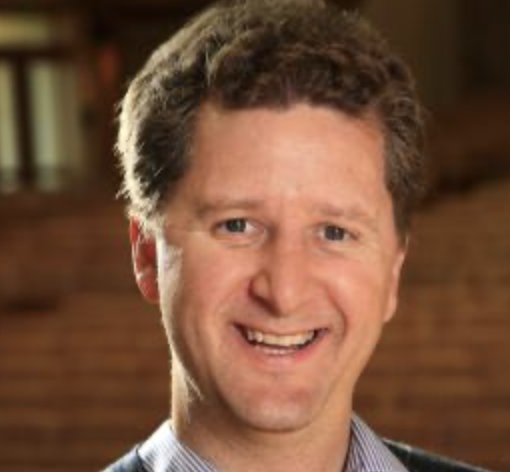|
Chamber
GUITAR UPSTAGES PIANO AT BRAZILIAN VOM CONCERT
by Terry McNeill
Sunday, July 21, 2024
Chamber
RARELY PLAYED BEACH TRIO HIGHLIGHTS PIANOSONOMA CONCERT
by Terry McNeill
Thursday, July 18, 2024
Chamber
HEADY MELANGE OF MUSIC AT PIANOSONOMA FESTIVAL OPENER
by Terry McNeill
Tuesday, July 16, 2024
Chamber
GRIEG SONATA HIGHLIGHTS ECLECTIC VOM FESTIVAL PROGRAM
by Terry McNeill
Sunday, July 14, 2024
Other
JOSE WHITE'S MUSICAL ERA EXPLORED AT EXCITING VOM FESTIVAL CONCERT
by Terry McNeill
Saturday, July 13, 2024
Recital
TENTH SEASON VOM FESTIVAL OPENER AT THE HANNA CENTER
by Terry McNeill
Thursday, July 11, 2024
Symphony
THE SRS ON THE ROAD TO 100
by Terry McNeill
Sunday, June 9, 2024
Chamber
TWO BIG WORKS IN BOEPPLE'S MUSIC AT OAKMONT RECITAL
by Terry McNeill
Saturday, June 8, 2024
Choral and Vocal
MESMERIZING CONTEMPORARY WORKS FEATURED AT CANTIAMO SONOMA'S SEASON ENDING CONCERT
by Pamela Hicks Gailey
Sunday, June 2, 2024
Choral and Vocal
TWENTY FOUR PLUS ONE AT THE 222 JUNE 1
by Pamela Hicks Gailey
Saturday, June 1, 2024
|
 |
 Conductor Alexander Kahn |
SHOSTAKOVICH 5TH A TRIUMPH FOR SSU ORCHESTRA
by Terry McNeill
Saturday, November 19, 2022
It was a daunting prospect - a fledgling college orchestra tackling the Shostakovich Fifth Symphony. Even conductor Alexander Kahn for the Nov. 19 concert in Weill Hall said from the stage that “programming it was a leap of faith.”
Not to worry. The 49-minute performance under Mr. Kahn’s artistic control was a singular success, the attacks good, the tempos over the four movements persuasive and the instrumental soloists fluent.
The D Minor Symphony from 1937 demands a large ensemble, and presumably the Sonoma State Music Department supplied its most advanced players, with just a sprinkle of non-University people. The broad lyrical first theme had a questioning menace in the high strings. So much of the interpretation was varied, and led to a semi-harsh conclusion and faint wispy scales in the celesta. Sierra Smith’s solo flute and clarinetist Emma Hofhenke’s playing all evening was exemplary.
Could such achievement continue? It did in the short scherzo that was played almost as a respite from the somber first and third movements. Parts of the composer’s neglected Fourth Symphony (my favorite) crept into the mix. String intonation wavered at the start of the great Largo that has no brass but long melodies. There was a fetching laconic piano/piccolo duet (Mike Wang and Alyssa Cunningham) and Elias Ramos’ long and sorrowful English horn solo. The celesta line shimmered over strings at the end.
The finale (allegro non troppo) unfolded at a brisk clip that the violin section articulation had difficulty managing, but things settled down and Mr. Kahn shaped the many climaxes with authority. This sometimes grim music exposes any section weakness, but none was on display here, the Orchestra’s brass taking a central exalting role and trumpeting palpable optimism in the march-like music.
In the famous 1959 New York Philharmonic recording Leonard Bernstein slowed the closing momentum and the let the massive drum strokes resonate to the skies, but Mr. Kahn kept things more subdued and moving with equal impact. A tsunami of applause greeted the final chords and the conductor had various performers and sections stand to share the spotlight.
The concert opened with 13-musicians playing from the stage-rear loft the finale from Victor Ewald’s Brass Quintet No. 1 in B-Flat Minor, Op. 5, conducted by Dan Norris. Two tubas were featured and the music was warmly welcomed by brass aficionados in the audience.
Shostakovich’s F Major Piano Concerto No. 2, Op. 102, completed the first half, and soloist Hikaru Hallberg delivered an understated reading that in the first movement allegro was covered by the orchestra.
Virtuoso pianist Jorge Bolet once told his students that one difficulty in playing with an orchestra “is to tell the conductor that the orchestra is too loud. There are a hundred ways to do this, and you will have to find one.”
Sonics improved later with lovely flute playing and in the andante the beguiling almost movie music theme was deftly played by high strings and cellos. The performance had an atmospheric shimmer and was light-footed along with Mr. Hallberg’s fast phrases and note repetition in the finale, the conductor critically keeping a steady beat with the pianist and spotlighting the many pizzicato sections of the music.
Responding to loud applause and friendly catcalls from the 500 attending, Mr. Hallberg played an encore, a four-minute improvisation that had bits of Keith Jarrett but ultimately I suspect was his own composition.
|

